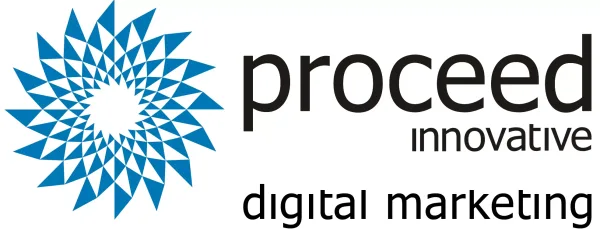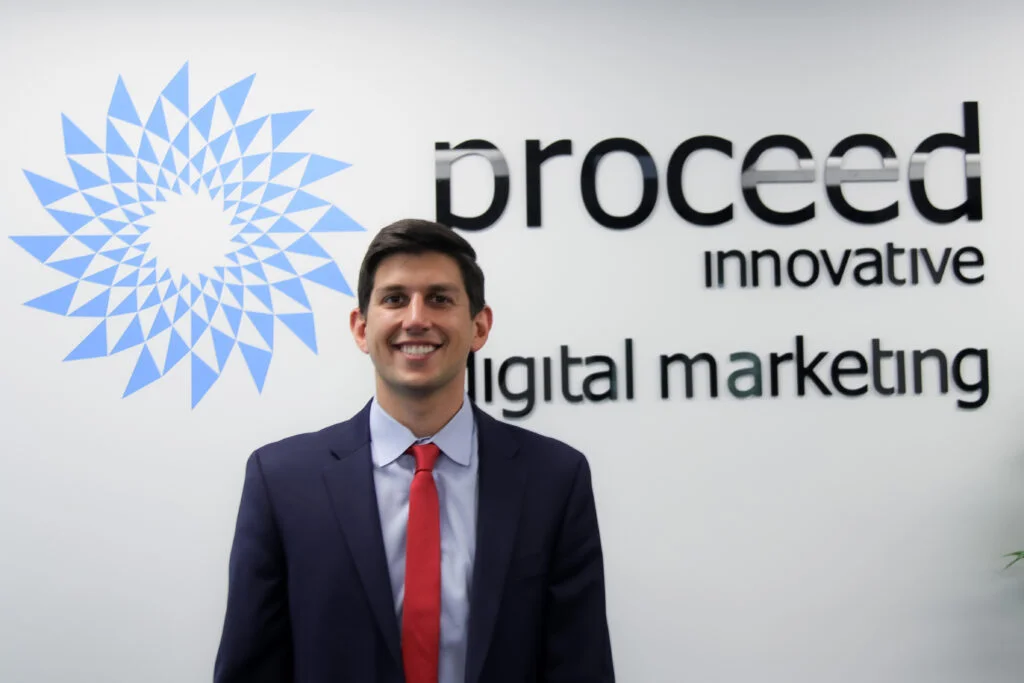Google has officially confirmed that the August 2025 spam update has fully rolled out worldwide.
Google has finished rolling out the August spam update.
The update started on August 26 and was completed on September 22, according to the status page.
Spam updates are part of Google’s ongoing effort to improve search results by reducing low-quality or manipulative content. With this rollout finished, site owners may now start seeing the full impact on rankings and traffic.
What This Update Targets
Google’s spam updates are designed to strengthen its automated systems—most notably SpamBrain, the company’s AI-powered spam-prevention technology.
Unlike broad core updates, these spam updates don’t re-rank the entire search index. Instead, they focus on better detecting and reducing spammy practices that clutter search results.
Google explains the idea behind these updates:
“While Google’s automated systems to detect search spam are constantly operating, we occasionally make notable improvements to how they work.”
Early Observations
Initial data from SISTRIX’s visibility analysis suggests that the August spam update behaves more like a penalty-only adjustment rather than a broad reshuffling of rankings.
According to their write-up, some clearly spammy domains have already lost visibility. However, the overall impact across search results has been relatively limited so far.
In other words: if your site follows best practices and avoids manipulative tactics, you likely won’t notice dramatic changes. For now, the update seems focused on quietly cleaning up the most obvious offenders rather than reshaping the SERPs on a large scale.
What To Do Next
If you’ve noticed a dip in performance since late August, here’s what it means:
- Don’t chase quick fixes. Start by reviewing whether your site fully complies with Google’s spam policies.
- Sites affected may rank lower or disappear. Google has made clear that non-compliant pages can be removed entirely from results.
- Recovery takes time. Improvements will help, but Google’s systems need to re-crawl and re-evaluate your site before rankings stabilize.
Because this update focuses on enforcement rather than broad ranking boosts, expect more removals of spammy pages rather than noticeable increases for clean sites.
Looking Ahead
Spam updates aren’t one-time events—they’re part of Google’s ongoing effort to fight manipulative tactics. That means:
- Fixing issues now is important, but you’ll also want to stay proactive with your content strategy.
- When improvements are made, allow Google’s systems time to re-evaluate and reprocess your pages.
- Focus on long-term gains: consistently creating helpful, trustworthy, user-first content is the best defense against future updates.
Recovery Checklist After a Spam Update
If your site was impacted by Google’s August 2025 Spam Update, here are the key steps to take:
✅ Review Google’s Spam Policies
- Make sure your site does not engage in cloaking, scraped content, doorway pages, link schemes, or other prohibited practices.
✅ Audit Your Content
- Remove thin, duplicate, or auto-generated content.
- Improve readability and ensure content actually answers user intent.
- Add author expertise and sourcing to boost trust signals (E-E-A-T).
✅ Check Technical Signals
- Ensure structured data is compliant and not misleading.
- Review indexed pages and remove spammy or low-quality URLs.
✅ Evaluate Backlinks
- Disavow toxic or paid links that violate Google’s guidelines.
- Focus on earning natural, relevant links from trusted sources.
✅ Improve Site Trust & User Experience
- Add clear “About Us” and “Contact” details.
- Ensure ads or affiliate links don’t overwhelm the main content.
- Prioritize fast load times and mobile usability.
✅ Submit Updated Pages for Reindexing
- Once you’ve made improvements, request reindexing in Google Search Console.
- Be patient—Google may take weeks to months to re-evaluate.
Key Takeaway
The August 2025 Spam Update is complete, but Google’s efforts against low-quality tactics are ongoing. If you build with users first and search engines second, you’ll not only avoid penalties—you’ll be in a strong position for future updates.






